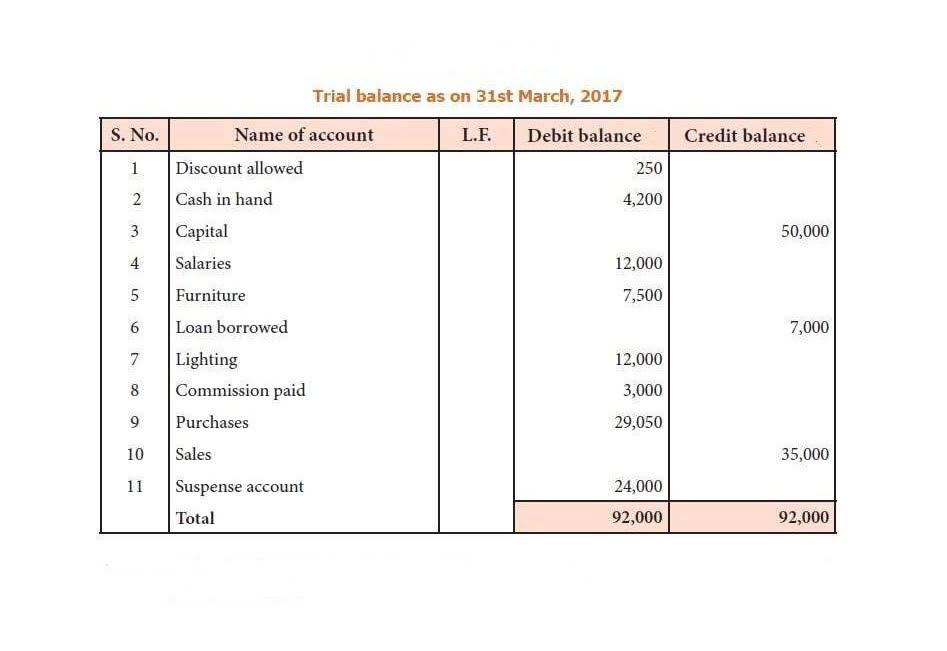
Companies online bookkeeping with low quick ratios may struggle in industries with slow inventory turnover. Solvency and liquidity are equally important, and healthy companies are both solvent and possess adequate liquidity. A number of liquidity ratios and solvency ratios are used to measure a company’s financial health, the most common of which are discussed below. Solvency ratios include financial obligations in both the long and short term, whereas liquidity ratios focus more on a company’s short-term debt obligations and current assets. The best example of such a far-reaching liquidity catastrophe in recent memory is the global credit crunch of 2007–09. Commercial paper—short-term debt that is issued by large companies to finance current assets and pay off current liabilities—played a central role in this financial crisis.

Can my business have good solvency but poor liquidity?
If a company has heavy long-term debt compared to liquidity vs solvency what it owns, solvency becomes the big worry. Liquidity measures how fast a company can turn assets into cash to pay short-term bills. It shows a business’s ability to handle immediate financial obligations. Your business might struggle with liquidity if its cash flow is weak (there’s not much cash in the bank), yet it’s solvent because it has valuable fixed assets, like land and buildings. Solvency refers to how well a business can meet its long-term financial commitments.

Top 5 Differences

Companies need both solvency and liquidity to pay off debts when due while also running day-to-day operations smoothly. By watching your solvency and liquidity, you’ll make better decisions for both your daily operations and your long-term financial planning. It can manage risk (such as clients not paying), use its resources to grow, and keep the shareholders happy. A business with poor liquidity will struggle to pay its staff and suppliers. This might be because their customers pay them late, which slows their cash flow.
FAQs on solvency and liquidity
- Investors should examine all the financial statements of a company to make certain the business is solvent as well as profitable.
- While solvency relates to your ability to pay debts over time, profitability is about how much money you make in relation to your costs.
- The financial solvency definition is being able to meet your long-term financial obligations.
- One available option is to open a secured credit line by using some of its non-current assets as collateral, thereby giving it access to ready cash to tide over the liquidity issue.
- To calculate solvency ratio, first look at the ratios that measure solvency and liquidity.
- Overall, Solvents Co. is in a dangerous liquidity situation but has a comfortable debt position.
It is still possible for companies that lack the liquidity to go bankrupt despite being solvent. Cash flow analysis shows if there’s enough money coming in to keep things running day-to-day. Asset management and working capital are key for liquidity, ensuring bills get paid on time without Retail Accounting trouble. In general, a ratio of 20% or more indicates you can meet your long-term financial obligations.
Analyzing Investments With Solvency Ratios
A rising debt-to-equity ratio implies higher interest expenses, and beyond a certain point, it may affect a company’s credit rating, making it more expensive to raise more debt. Despite disposing of its assets, an organization faces the risk of not being able to meet its financial obligations at full value. Insolvent businesses are unable to pay their debts and will be forced to file for bankruptcy. A company’s financial statements should be examined thoroughly to ensure the business is solvent and is in a profitable condition. A firm must keep an eye on both types of obligations to stay strong financially.
Quick Ratio
- A company with adequate liquidity will have enough cash to pay ongoing bills in the short term.
- While liquidity ratios focus on a firm’s ability to meet short-term obligations, solvency ratios consider a company’s long-term financial well-being.
- Liquidity ensures a business can efficiently manage short-term obligations, such as payroll and supplier payments.
- Assets such as stocks and bonds are liquid, as many buyers and sellers are active on the market.
- It also refers to how easily an asset can be converted into cash on short notice and at a minimal discount.
Liquidity refers to a company’s ability to convert its assets into cash quickly and easily, without incurring significant losses. It is a measure of how easily a company can meet its short-term obligations, such as paying off current liabilities or funding day-to-day operations. Liquidity is crucial for the smooth functioning of a business, as it ensures that the company has enough cash on hand to cover its immediate financial needs. Liquidity ratios and solvency ratios are tools investors use to make investment decisions. Liquidity ratios measure a company’s ability to convert its assets to cash. On the other hand, solvency ratios measure a company’s ability to meet its financial obligations.
